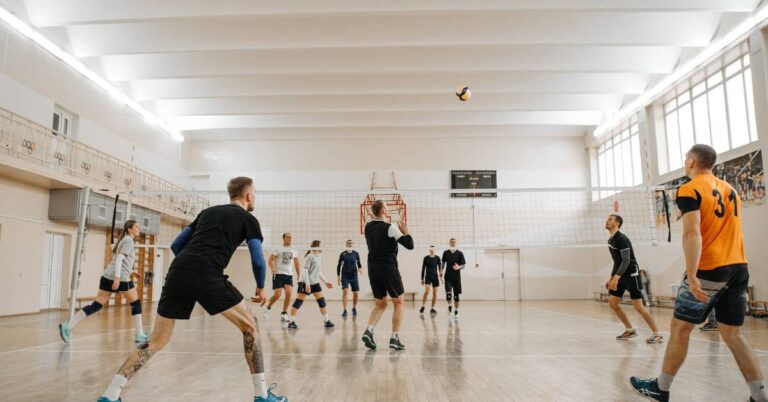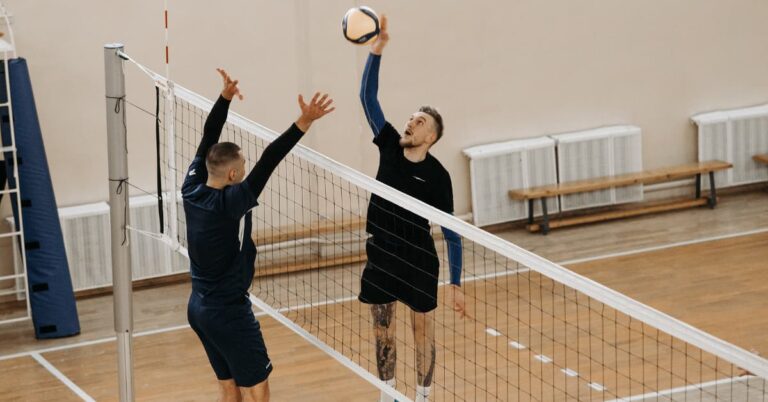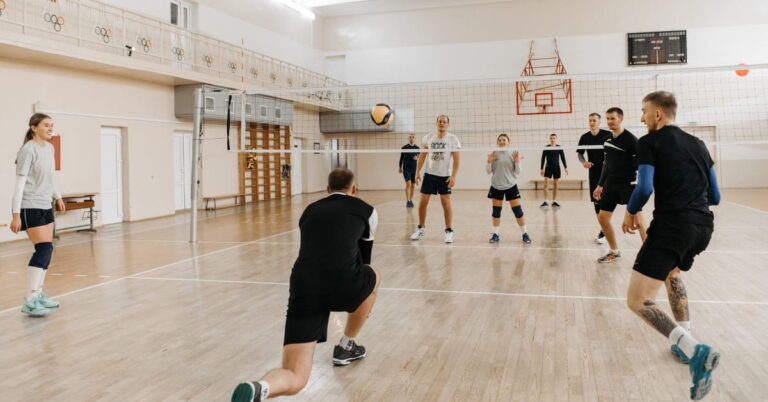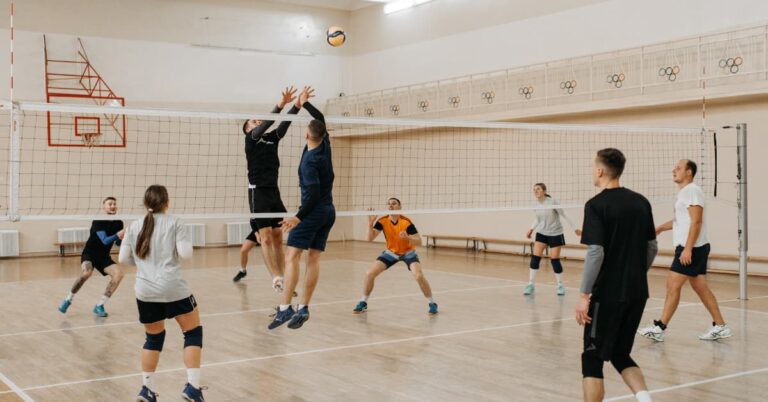What Does TA Mean In Volleyball Stats?
In volleyball, statistics can tell a lot about a game. If you are looking for a new team to play for, you can use the volleyball stats to help you make a decision. You can find a lot of stats on a volleyball court. But you might be wondering what all of those numbers mean. Here is what does ta mean in volleyball stats. Also, how you can use them to help you make a decision on whether to continue playing.
What does TA mean in volleyball stats?
In volleyball stats, the term “ta” means total attempts. It is a critical statistic for teams that rely on setters and middle blockers to get their team offense started. It also provides insight into how well players are performing during games.
The total attempt is a measure of how many times a player attempts to serve, receive or block during a match. For example, if you have 100 total attempts in a match and you serve 40 times, then your percentage of total attempts from serving is 40 percent. This means that 40 percent of all your attempts came from serving during that match.
The total attempt statistic is important. Because it allows coaches to determine which players are making the most out of their opportunities in games. If one player has only 50 total attempts but another has 150 total attempts in a match, then the second player will likely make more points than the first player. Because they had more opportunities to make plays on offense or defense during playtime.”
See more: What Does SP Mean In Volleyball Stats?

How to calculate total attempts?
Total attempts are calculated by adding up all offensive and defensive attempts for each individual player. And, then dividing that number by two (one for each side). For example: If a player gets 10 offensive attempts and five defensive attempts in one game, you would add those numbers together to get 15 total attempts and then divide by two to get seven offensive and three defensive total attempts per game.
Then, you would add up all of the offensive and defensive total attempts for each player in the league to get a grand total. For example: If there were 10 players on the team that game, then each player would have seven total attempts on offense and three total attempts on defense.
Can a player hit a ball twice in a row?
While there are a lot of rules in volleyball, this one is pretty easy to remember. You can’t hit the ball twice in a row.
When you hit the ball, it has to hit the floor before you can hit it again. You can’t just keep hitting the ball until it lands on your side of the court.
If you’re playing against someone who’s trying to get away with hitting the ball twice in a row, then you can call an infraction on them (just say something like “hey, I think they hit that twice”). The referee will come over and look at where they were standing when they hit their first shot. And, he makes sure they didn’t move into position for their second shot before they let their first one land on your side of the court.
What is a good spike height?
When it comes to spikes, there are two things you need to know:
- How high should they be?
- How much power should they have?
The answer depends on your level of play and personal preference. But generally speaking, a good spike height is between 35″ (89cm) and 40″ (102cm). Be careful not to overdo it. if your spikes are too high, they could hit the net or land outside the court altogether!
It’s also important that you have an understanding of how much power goes into each spike. As a result, you don’t end up hurting yourself or other players on your team. If you have too much power behind each swing of your arm when hitting the ball during practice sessions or game time, then there will be less control over where it ends up landing next time around!
Conclusion
Ta stands for total attempts. It’s a volleyball stat that measures the number of times a player has successfully hit the ball over the net and into the opponent’s court.
Total attempts is one of several statistics. It can be used to measure how many times a player has successfully made an attempt at scoring in a game.
It’s calculated by adding together all of the successful hits, blocks, and errors (called faults) by each team during a match. This can be done manually or by using an online calculator.









3 Comments